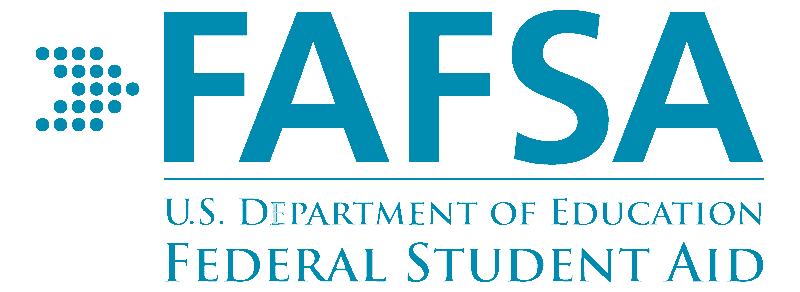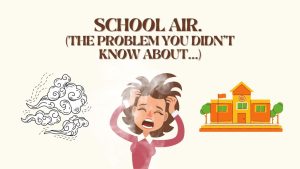Multiple financial aid opportunities give hope for college experience that doesn’t break the bank
March 30, 2017
College is tough. Being broke? Even tougher. Money is one of the most important factors people consider when choosing a college. Even if you make it into Columbia University would you be willing or able to pay the almost $69,000 in expenses?
Fortunately, there is an aid to your difficult position–financial aid. Financial aid comes in many different forms, specifically, four: grants, loans, work-study programs, and, what you are likely most familiar with, scholarships.
Getting aid can be relatively easy, there are programs and applications that help students find the aid they need. One of the biggest connectors of students to aid is the “Free Application for Federal Student Aid” or FASFA. Signing up is simple and will determine your eligibility for aid, before sending it to your schools. The schools will use this to decide how much aid you will get if you go there.
This, however, isn’t the only choice students have. Applications like “Scholly” offer a paid service at a usually minimal cost to the user in order to link them to both grants and scholarships.
Grants are money that helps pay for school and they do not need to be repaid. They are offered by the federal and state government as well as some institutions and are traditionally awarded on a need basis. A criterion is generally needed to be satisfied in order to qualify and to continue to receive and be eligible for this kind of aid.
Loans are borrowed money with interest offered by both the government in subsidized and unsubsidized forms as well as private loans with worse terms than either of those offered by the government. Government loans in the subsidized form are offered to students in financial need, have better overall terms than any other type of loan and the government will pay the interest on your loan for the time that you are in school as well as a six-month period once you graduate.
Unsubsidized government loan are available to all students regardless of financial need and still have better terms than private loans, however, you are still required to pay interest for all periods. Finally, private loans will depend on your credit score and will have higher interest rate and students are encouraged to use all other options of financial aid before pursuing private loans.
The next form of financial aid and likely the most obscure form of aid are work-study programs. Work-study programs connect students with financial need to jobs on or off campus that are related to their field of study. Undergraduate students are paid by the hour on a monthly basis where the school will either: send the money directly to you, to your bank account, or directly to paying the expenses of institutional charges.
Finally the most common and most popular form of student aid–scholarships. Scholarships come in many forms and are mostly merit related. They can be awarded based on race, hair color, height, instrumental ability and so much more!
Often times there is an accompanying essay and some scholarships are purely based on your ability to satisfy a prompt. In addition to having talent one of the most sure-fire ways the ensure you win scholarships is to both apply but also to have good marks and relationships with your teachers.
You may think that there is barely enough money to go around but in fact, the opposite is true. Over 2.9 billion dollars in financial aid went unclaimed in 2014 alone. That is enough to send over 42 thousand students to Columbia University for free each year.
There is only one thing holding you back from winning hundreds of thousands of scholarship money and that is you. There are even students who have earned over a million dollars in scholarship money. So get out there and get that money.








